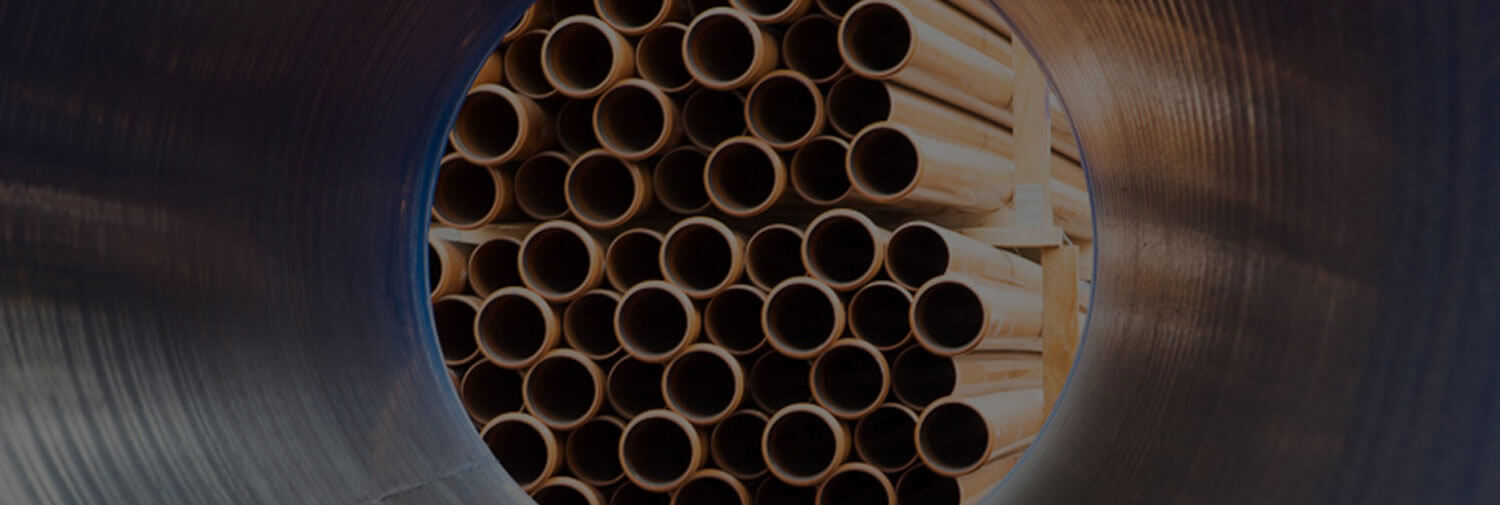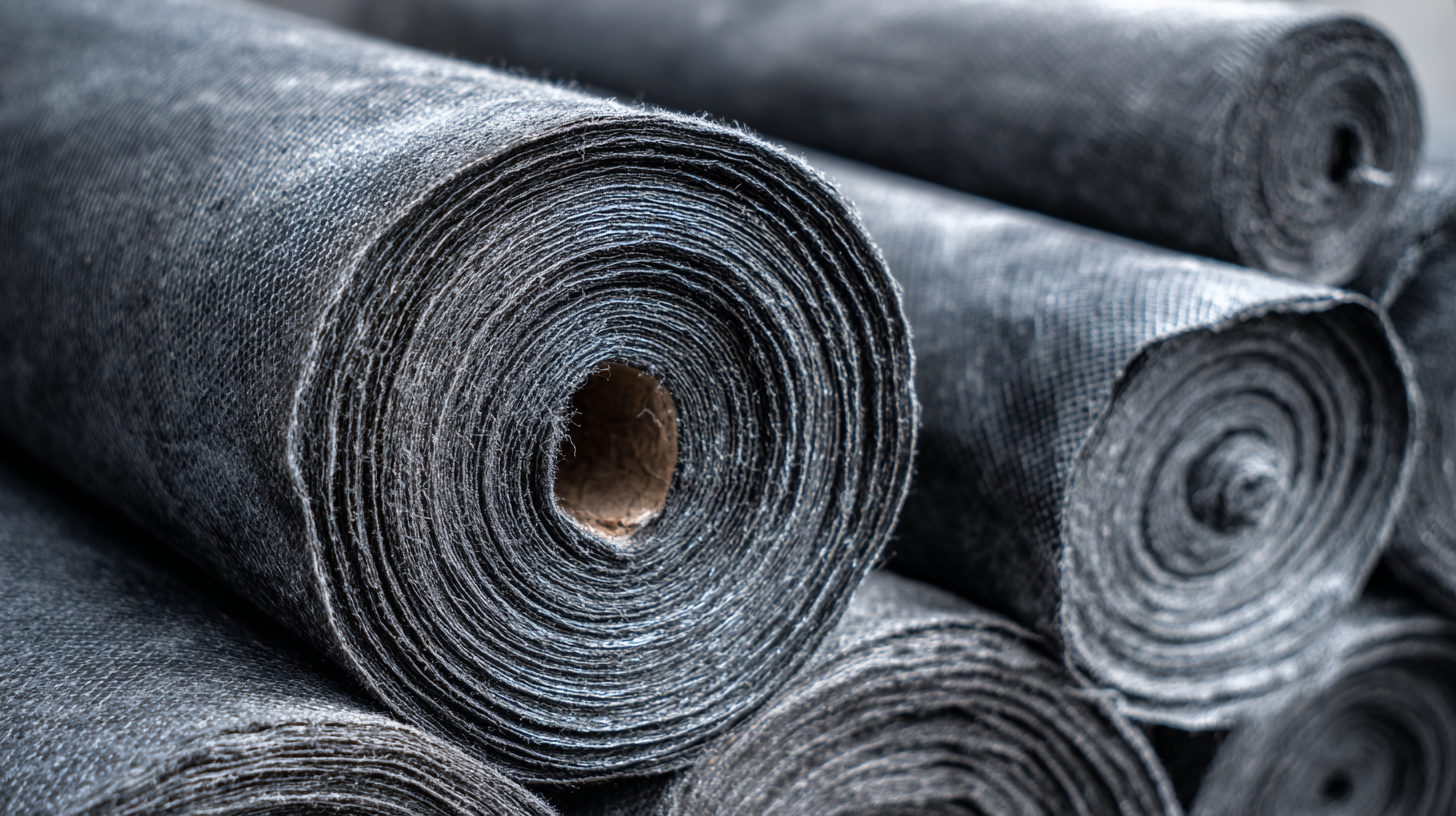

In the realm of civil engineering and construction, the utilization of geotextile fabric has emerged as a pivotal component in soil stabilization efforts. This innovative material not only enhances the durability and load-bearing capacity of soils but also plays a significant role in mitigating erosion and promoting sustainable land use. This article delves into the key insights and data trends surrounding the impact of geotextile fabric on soil stabilization, shedding light on its applications across various environments and projects. By examining case studies and recent research findings, we aim to provide a comprehensive understanding of how geotextile fabric can revolutionize traditional soil management practices. Furthermore, we will offer practical tips for engineers and developers on effectively integrating geotextile solutions into their projects, ultimately highlighting the critical importance of this material in achieving long-lasting and efficient soil stabilization.

Geotextile fabrics are specialized textiles engineered for soil stabilization and erosion control. They can be broadly categorized into two main types:
woven and
non-woven geotextiles. Woven geotextiles, made by interlacing yarns, are known for their strength and durability, making them ideal for applications where high tensile strength is required.
On the other hand, non-woven geotextiles are manufactured through a process that bonds fibers together, offering excellent drainage and filtration properties.
These fabrics are often used in retaining walls, road constructions, and other civil engineering projects.
Tips: When choosing a geotextile fabric, consider the specific requirements of your project—such as soil type, load-bearing capacity, and drainage needs.
It’s also important to check for environmental compatibility, as some fabrics may not degrade well in certain soil conditions.
Moreover, advancements in geotextile technology have introduced geocomposites, which combine different materials for enhanced performance.
These innovative solutions can provide superior drainage and filtration while maintaining structural integrity in various applications.
Proper installation and selection of the right type of geotextile can significantly improve the longevity and effectiveness of soil stabilization efforts.
Tips: Always consult with a geotechnical engineer to determine the best geotextile type for your specific project requirements,
ensuring optimal performance and durability over time.
 Geotextile fabrics have emerged as a pivotal element in soil stabilization efforts, significantly enhancing the mechanical properties of soils. By providing a reinforcing mechanism, geotextiles improve soil bearing capacity and reduce settlement. According to a report by the Federal Highway Administration, the inclusion of geotextiles can increase the load-bearing capacity of subgrade soils by up to 50%, creating a stable foundation for roads and other infrastructure. This improvement is particularly pronounced in weak soils, where traditional stabilization methods often fall short.
Geotextile fabrics have emerged as a pivotal element in soil stabilization efforts, significantly enhancing the mechanical properties of soils. By providing a reinforcing mechanism, geotextiles improve soil bearing capacity and reduce settlement. According to a report by the Federal Highway Administration, the inclusion of geotextiles can increase the load-bearing capacity of subgrade soils by up to 50%, creating a stable foundation for roads and other infrastructure. This improvement is particularly pronounced in weak soils, where traditional stabilization methods often fall short.
The mechanisms through which geotextiles enhance soil properties primarily involve their ability to provide tensile strength and separation. When incorporated into the soil matrix, geotextiles confine soil particles, limiting lateral movement and promoting more effective load distribution. A study conducted by the Geosynthetic Research Institute (GRI) emphasizes that geotextiles not only improve shear strength but also mitigate the effects of soil erosion and provide filtration benefits. In fact, the use of geotextiles in unpaved road applications has been shown to extend the lifespan of the structure by more than 40%, demonstrating their critical role in sustainable engineering practices.
Geotextile fabrics have emerged as a vital component in soil stabilization projects, providing innovative solutions for various engineering challenges. In recent years, numerous case studies have demonstrated the successful application of geotextiles in diverse environments. For instance, a study conducted by the Transportation Research Board revealed that the use of geotextiles in road construction projects can enhance load distribution, resulting in a reduction of pavement deformation by up to 40%. Such findings highlight how geotextile fabrics can effectively improve the longevity and stability of roadways in heavy traffic areas.
In agricultural applications, geotextiles have been instrumental in preventing soil erosion and enhancing drainage. A notable case study from a coastal farming region showcased a 30% increase in crop yield following the installation of geotextiles, which helped retain soil moisture and improve aeration. This adaptation presents significant benefits for farmers facing extreme weather conditions.
Tips: When considering geotextile materials for your project, opt for the right type based on your specific needs. For erosion control, woven geotextiles are often preferred, while non-woven variants excel in drainage applications. Moreover, evaluate the local soil conditions and potential load requirements to choose the most suitable geotextile solution for optimal results.
The effectiveness of geotextile fabrics in soil stabilization has become increasingly evident over the years, as highlighted by various industry reports. According to a study published by the Geosynthetic Institute, the use of geotextiles has led to a substantial increase in the lifespan of roadways by up to 50% when compared to traditional methods of soil reinforcement. This long-term performance underscores the importance of incorporating these materials into civil engineering practices, particularly in areas prone to soil erosion and instability.
Data trends also reveal that the adoption of geotextiles continues to rise across various sectors, with a reported growth rate of 7.4% annually from 2020 to 2025, according to a market analysis by Technavio. This surge can be attributed to the growing awareness of sustainable construction practices and the effective benefits provided by geotextiles, including enhanced drainage, reduced soil permeability, and increased shear strength. In addition, case studies have shown that projects utilizing geotextile fabrics not only demonstrate improved structural integrity but also contribute to lower overall project costs through reduced maintenance needs over time.
As the construction industry seeks more sustainable and efficient methods for soil stabilization, innovations in geotextile technology are leading the way. Recent data from the Geosynthetic Research Institute reveals that the use of geotextiles can improve soil strength and reduce erosion by up to 40%, showcasing their effectiveness in various applications, including roadways and embankments. The advancement of composite geotextiles, which combine different materials for enhanced performance, has opened new avenues for applications in challenging environments, particularly in areas prone to high moisture and poor drainage.
Furthermore, the development of biodegradable geotextiles represents a significant leap in environmentally friendly solutions. According to a report by the International Geosynthetics Society, these biodegradable materials can serve their purpose for a projected life span of three to five years, gradually decomposing and enriching the soil without leaving harmful residues. This aligns with the industry's growing emphasis on sustainability, prompting further research and investment in innovative geotextile solutions that not only stabilize soil but also contribute to environmental preservation. As technology continues to evolve, the potential of geotextiles in soil stabilization will expand, meeting the demands of a changing landscape in construction and civil engineering.
